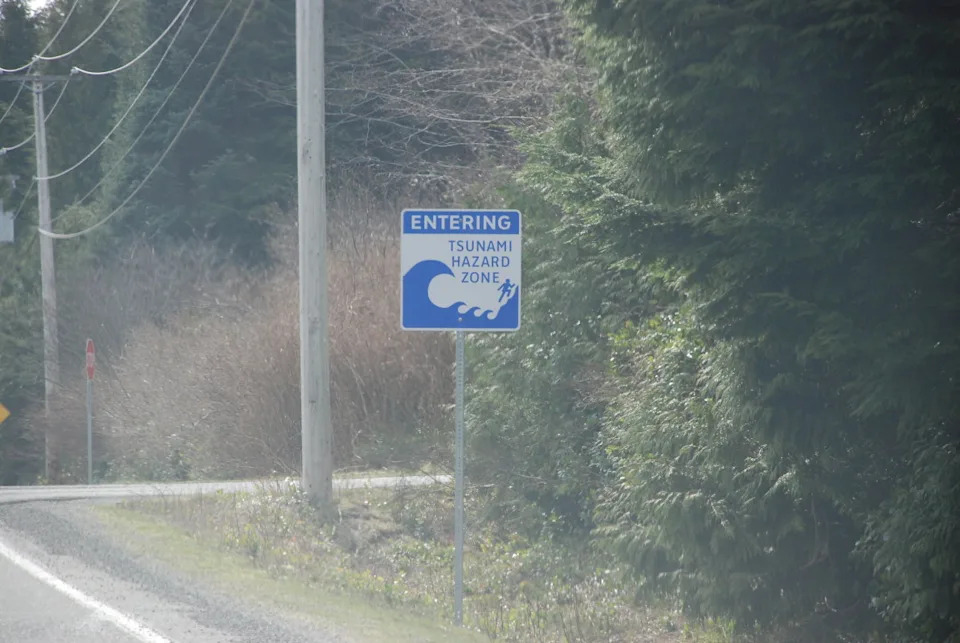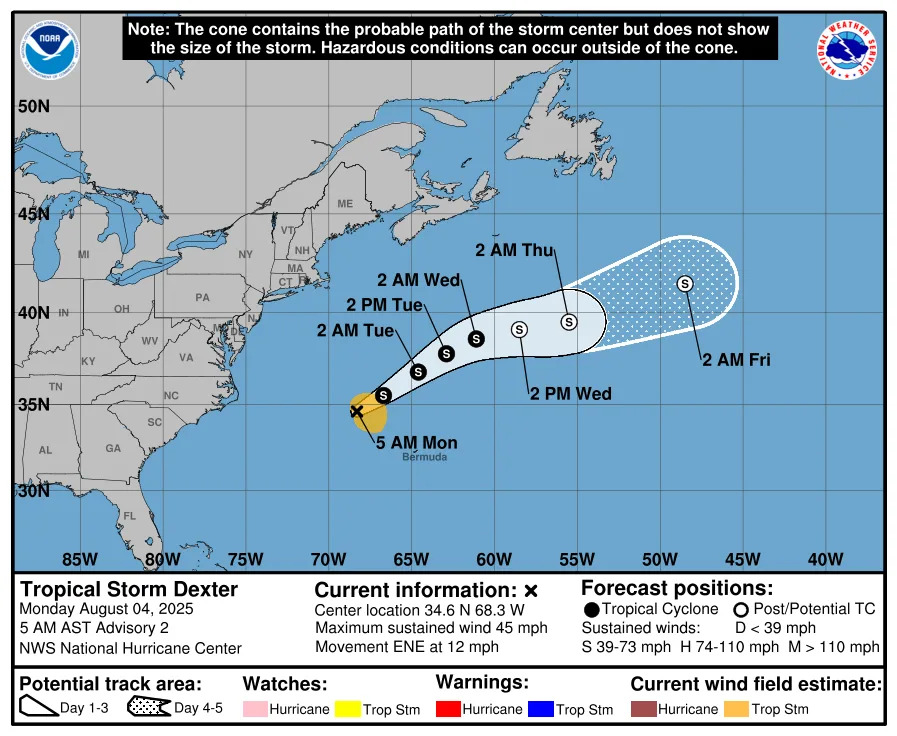National Weather Service quells concerns of tsunami in, erm, North Dakota originally appeared on Bring Me The News.
After the 8.8 megathrust earthquake struck near Russia Tuesday night, tsunami warnings, watches and advisories were issued for coastlines on the Pacific Ocean. Meanwhile, there was at least one person concerned that the tsunami threat could impact Fargo, North Dakota.
"There is no threat for tsunami impacts in North Dakota," said the Grand Forks office of the National Weather Service. The agency was responding to a user on X who pointed out that people had been searching Google for tsunami concerns in North Dakota.
Ocean tsunamis in North Dakota? It would take one of unimaginable, apocalyptic size to impact a state like North Dakota, which is land-locked and 1,500 miles from the coast.
That said, cities like Fargo, Moorhead, Grand Forks and East Grand Forks have been on the wrong end of extreme flooding in the past.
In the spring of 1997, the Red River overflowed its banks — not because of an earthquake or tsunami, but due to heavy snow and rapid melting — forced the evacuation of 50,000 people in Grand Forks. Water spilled three miles inland and large fires burned flooded buildings in downtown Grand Forks. The historic flooding caused an estimated $3.5 billion in damage.
Also possible, though extremely unlikely in North Dakota, are phenomenons known as lake tsunamis. Like ocean tsunamis, they can be caused by earthquakes. And while earthquakes aren't likely in North Dakota, the ground does shake now and again.
"North Dakota is located in an area of low earthquake probability. Infrequent, small earthquakes may occur near or within the state, but it is unlikely they will cause any serious damage," says the North Dakota Geological Survey.
But lake tsunamis can be potent, and they don't also require a mega-thrust earthquake to reach terrifying levels. Take the the tsunami on a glacial lake in British Columbia in November 2020. It was caused by a landslide. Think of 18 million cubic meters of rock – the equivalent of the "combined mass of all Canadian automobiles," according to NASA – falling 1,000 feet into the lake, resulting in a tsunami wave at least 328-feet tall that crushed the coastline and destroyed forest and salmon spawning habitat.
Geography played a big role in that lake tsunami — and even in the Badlands, the topography of North Dakota isn't remotely the same as the giants mountains of British Columbia.
So, yeah, don't expect any tsunami impacts in North Dakota.

This story was originally reported by Bring Me The News on Jul 30, 2025, where it first appeared.








Comments